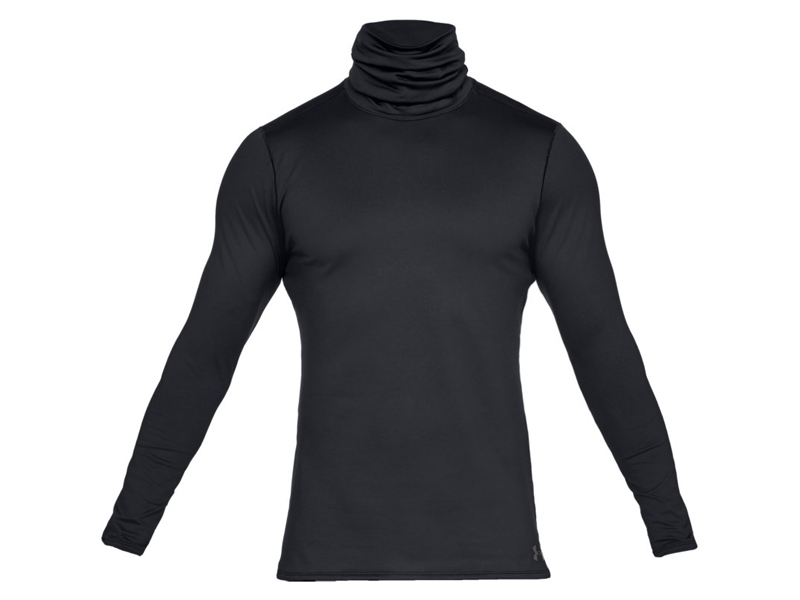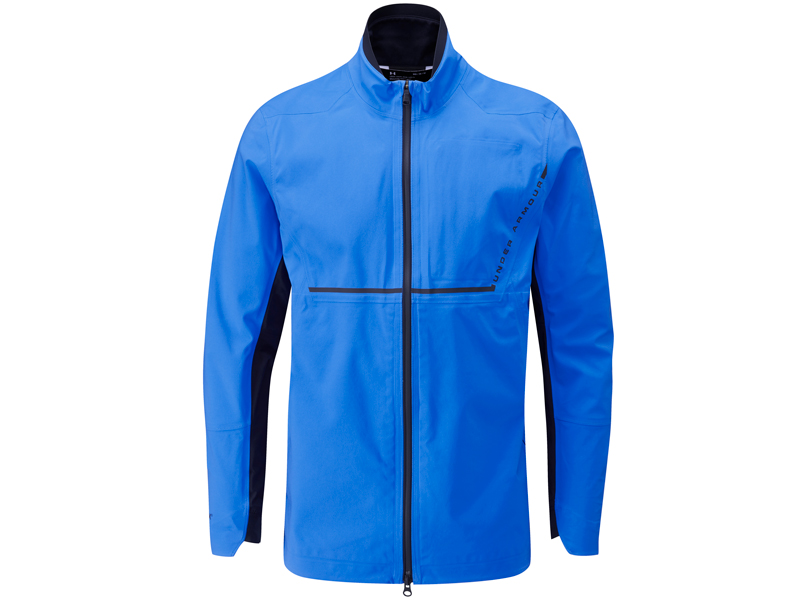7 tips and tricks for winter golf

Winter can be the most enjoyable time to play golf. With changing conditions however, you'll need to adapt your game. These 7 tips and tricks for winter golf are sure to help.
1 Be Prepared
If you are serious about playing good golf this winter, you need to prepare properly. A good, modern, well-fitted waterproof suit will have all the crucial modern technology to keep you dry in the rain. A good lightweight design will also enable you to make your normal swing, even if it gets cold. You should also look to keep your towel dry by hanging it inside your umbrella. Another good tip is to put all of your spare gloves into a freezer bag. This will protect them from the wet and if the weather gets really bad, you’ll be able to change your glove regularly so you have a firm hold on the club throughout the round.
2 Add Stability
Creating a stable hitting platform is important whenever you play but it becomes imperative in the winter. With soft conditions under foot, try widening your stance a little on all of your shots. This lowers your centre of gravity and will help your stability. By doing this you might not create quite so much speed but the quality of contact should be good enough to make up for it. Also, ensure you regularly clean any mud and grass off the bottom of your shoes.
Review: Under Armour Spieth 2 Shoes

3 Tee It Up
Get the Golf Monthly Newsletter
Subscribe to the Golf Monthly newsletter to stay up to date with all the latest tour news, equipment news, reviews, head-to-heads and buyer’s guides from our team of experienced experts.
One of the great things about winter golf is that you actually have more control of your ball. The ball should hit and stick wherever it lands making the fairways and greens much bigger targets than in the summer. To maximise your distance off the tee, you need to increase your carry. That’s why it is well worth teeing the ball up a fraction. Set a little more weight on your back foot at address and make a normal swing from there. These minor tweaks will help you find a few crucial extra yards.
5 Ways To Hit Longer Straight Golf Drives

4 Core Muscles
Whenever you are playing in the cold, it is imperative that you keep your core muscles warm. Arriving on the first tee without so much as a practice swing will cause a shorter and more compact swing to send the ball off to the right of your target. Do some core stretches before you start and try to make a full upper body rotation on your first swing. This will help you square the clubface and hit the fairway.
Stability Drills For More Powerful Golf Swings

Modern technical fabrics allow golfers to stay warm wearing clothes that do not restrict the swing. Under Armour’s Storm Insulated jacket, as worn here by Jordan Spieth, uses PrimaLoft Silver insulation to deliver the warmth needed to help you swing your best. It also has the brand’s Storm technology to repel water.
5 Carry Yardages
Any golfer, professional or amateur, looking to play well needs to know his or her yardages. However, this does not mean having an idea of the total distance you hit every club in the bag. Instead you need to know your carry numbers – the rest is down to ground conditions. If it is particularly cold, you may need to take 5 or 10 yards off your normal carry yardages to compensate.

When the weather is cold, you should think about layering up with modern fabrics. Under Armour’s Cold Gear Compression base layers are designed to both stretch with the movement of your body and provide the warmth of a second skin. Depending on whether it is cold, wet or both you can then start to add the right layers from here to ensure you can still make your best swings.
6 Calm Swings
Whenever you are playing in windy conditions, take a little speed off your normal swing. Make a full body rotation but swing smoothly. Not only will this improve your control but less speed equals less backspin. A flatter ball flight that doesn’t balloon in the wind will actually offer you much more distance.

7 Break on wet greens
It goes without saying that wet greens will be slower than when they are dry. However, what people often forget is that putts will not break quite so much. As such, you need to be able to adjust your mind-set on the greens. Aim straighter and be a little more aggressive with the pace than you usually would be. This approach will also help you find a stronger roll to cope with any imperfections on the green.
Articles created in partnership with Under Armour.
-
 Justin Thomas Confirms Stand-In Caddie Will Not Replace Long-Term Looper After First Victory Since 2022
Justin Thomas Confirms Stand-In Caddie Will Not Replace Long-Term Looper After First Victory Since 2022Thomas won the RBC Heritage with Max Homa's former looper, Joe Greiner as his assistant but is looking forward to welcoming his regular caddie back soon
By Jonny Leighfield
-
 Rose Zhang Ruled Out Of Chevron Championship
Rose Zhang Ruled Out Of Chevron ChampionshipThe American hasn't featured in a competitive event since withdrawing from the T-Mobile Match Play, with it reported that Zhang will miss the Chevron Championship due to an ongoing neck injury
By Matt Cradock